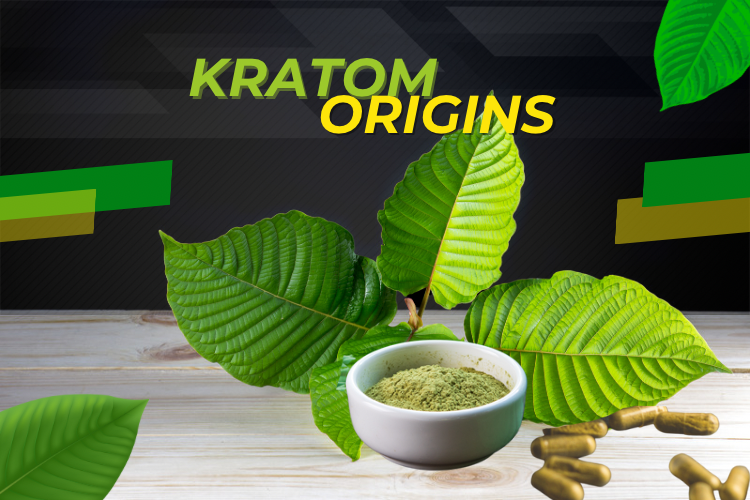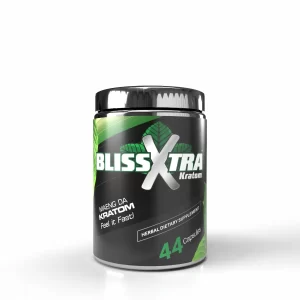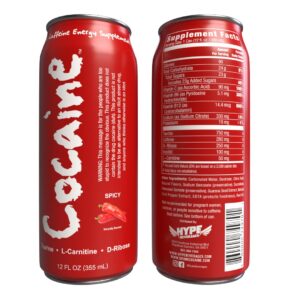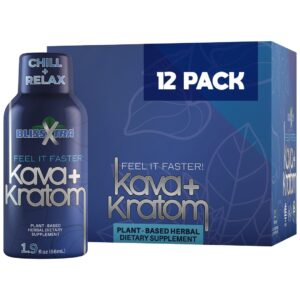Kratom origins: unveiling the secrets of a botanical wonder

Kratom, also known as Mitragyna speciosa, is a tropical evergreen tree native to Southeast Asia, has gained significant popularity in recent years for its potential medicinal properties. However, it is crucial to understand the origins of this plant before forming any opinions or making judgments about its use.
Kratom has been used for centuries by indigenous communities in Southeast Asia as a traditional medicine and natural remedy. It has been an integral part of their culture and has provided relief from various ailments such as pain, fatigue, and even depression. The leaves of the Kratom tree contain alkaloids that interact with the body’s opioid receptors, producing effects similar to opioids but without the same level of addiction or depression.
Understanding the origins of Kratom helps us appreciate its cultural significance and historical usage. It is not just another trendy substance; it holds deep-rooted traditions that have stood the test of time. Moreover, studying its origins allows us to better understand how it can be responsibly used in modern society:
- Southeast Asia: The Birthplace of Kratom
Kratom finds its roots in the lush rainforests of Southeast Asia, where it thrives in countries such as Indonesia, Thailand, Malaysia, and Papua New Guinea. The warm and humid climate of these regions provides the perfect conditions for kratom to flourish naturally.
- Indigenous Use: A Legacy of Healing
The indigenous people of Southeast Asia have long revered kratom for its medicinal properties. It has been traditionally used as a natural remedy for various ailments such as pain relief, boosting energy levels, reducing anxiety, and aiding in relaxation. The local communities have utilized different parts of the kratom tree, including its leaves, stems, and roots, to create diverse preparations for their medicinal needs.
- Historical Significance and Traditional Practices
Kratom’s origins date back thousands of years, with historical records documenting its usage in ancient civilizations. In Thailand, kratom was consumed by laborers and farmers to combat fatigue and increase productivity. It was also an integral part of religious ceremonies and cultural traditions, where it played a role in spiritual practices and communal bonding.
Critics argue that Kratom is dangerous and should be banned due to reported cases of abuse or adverse effects. However, it is important to note that these incidents are often associated with adulterated products or excessive consumption. By understanding the origins of Kratom and proper usage guidelines, we can ensure safe access for those who truly benefit from our products.
Rather than dismissing it based on misconceptions or isolated incidents, we should approach Kratom with an open mind and consider how it can be responsibly utilized for its potential medicinal benefits.
With our product you will feel the benefits working within minutes. Try our Maeng Da Leaf Capsules during the day to feel good or in the evening with your favorite juice, shake or smoothie.
To protect our planet for future generations, our cultivators grow our plants in a controlled environment, harvest responsibly and we support local communities.
*These statements have not been evaluated by the food and drug administration. This product is not intended to diagnose, treat, cure or prevent any disease.
-
Bliss Xtra Kratom
Blissxtra Kava + Kratom 1.9oz Shot 12 Pack
$60.00Original price was: $60.00.$50.00Current price is: $50.00.




